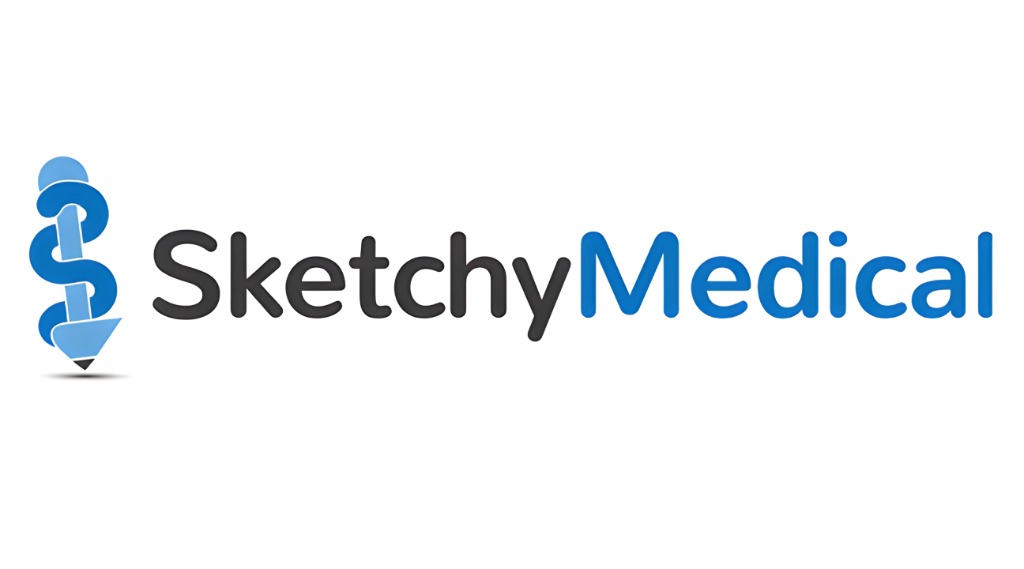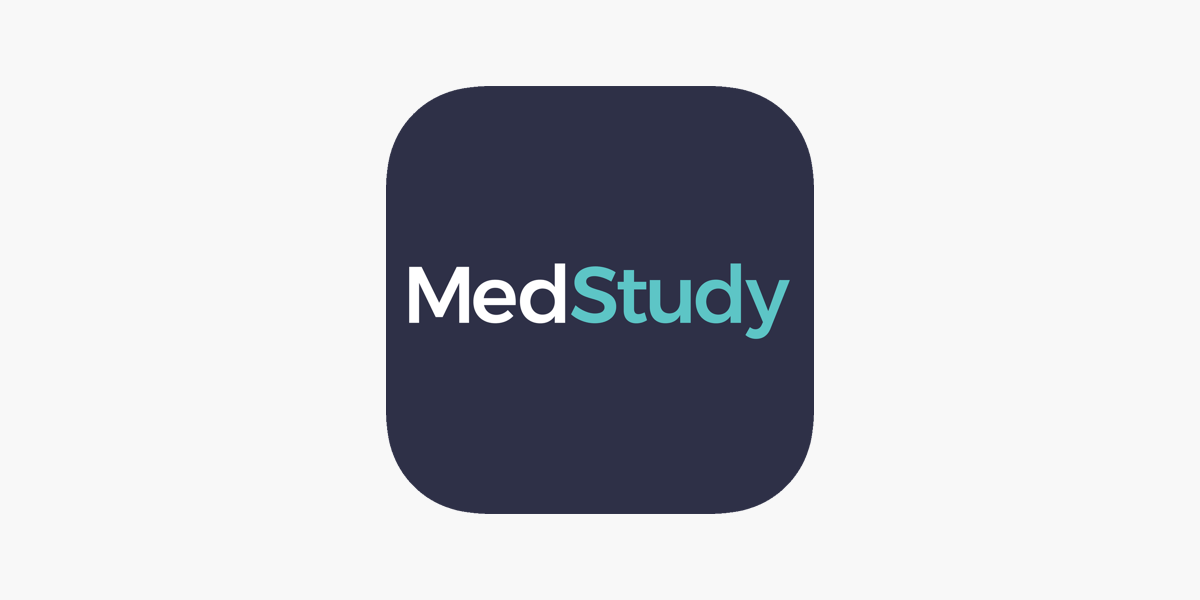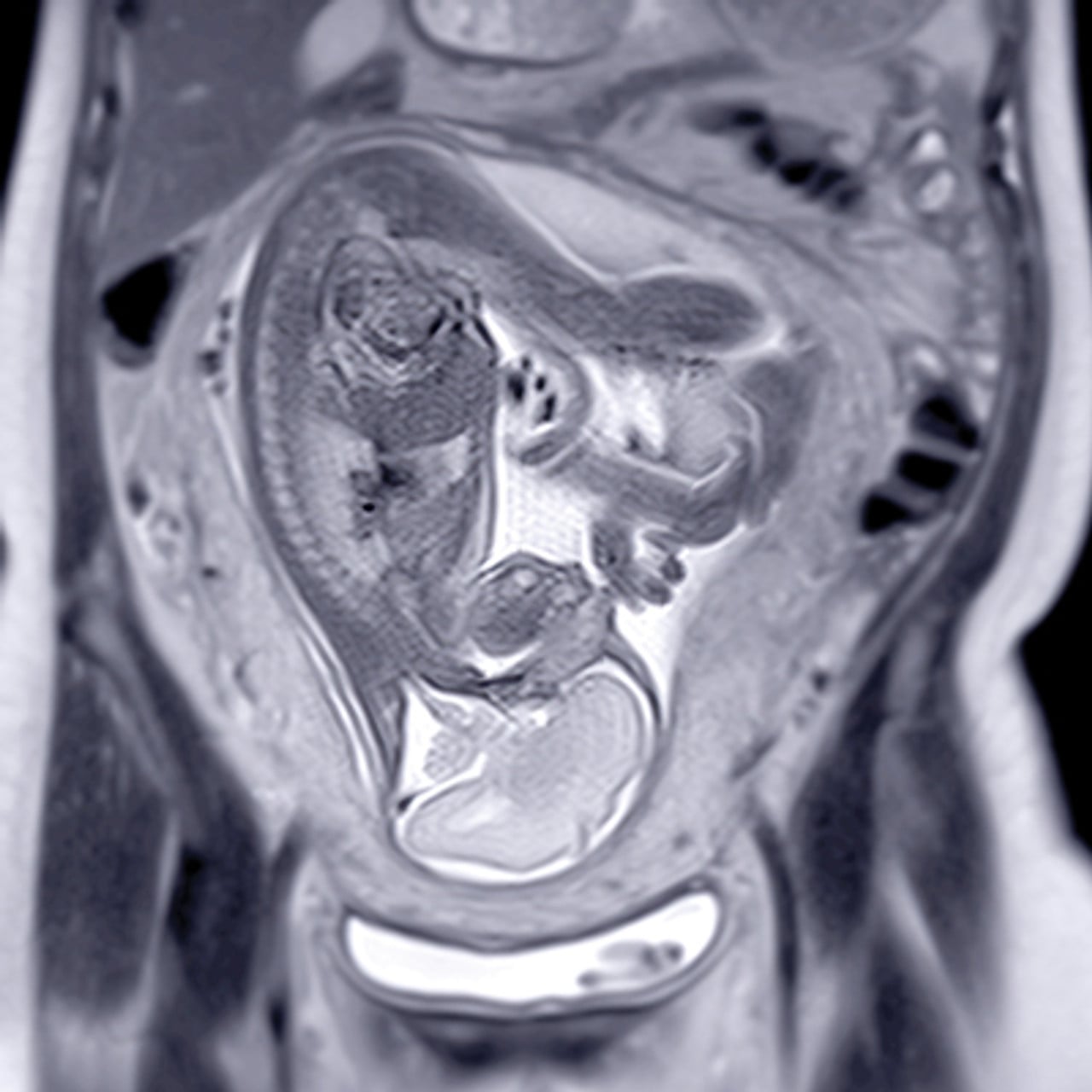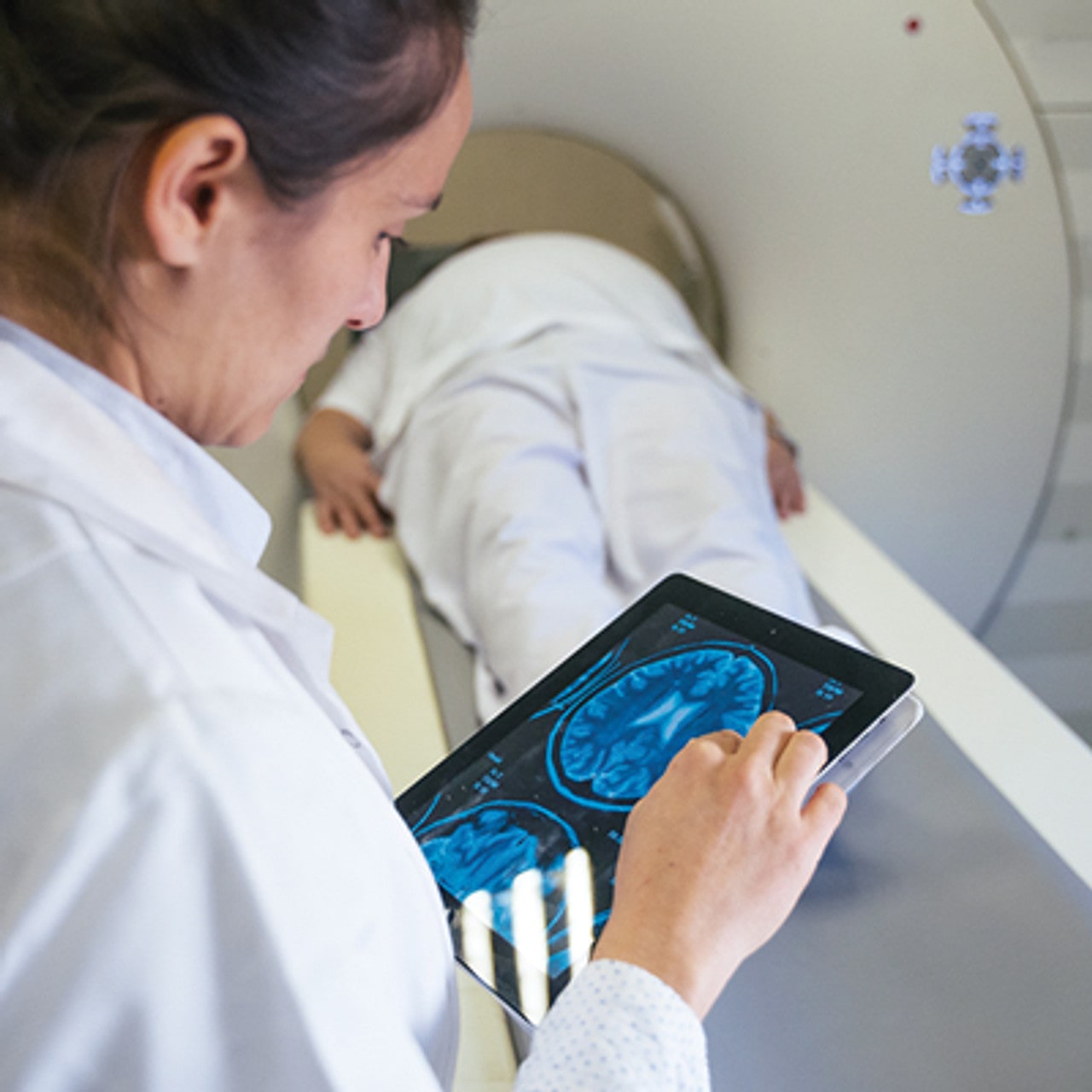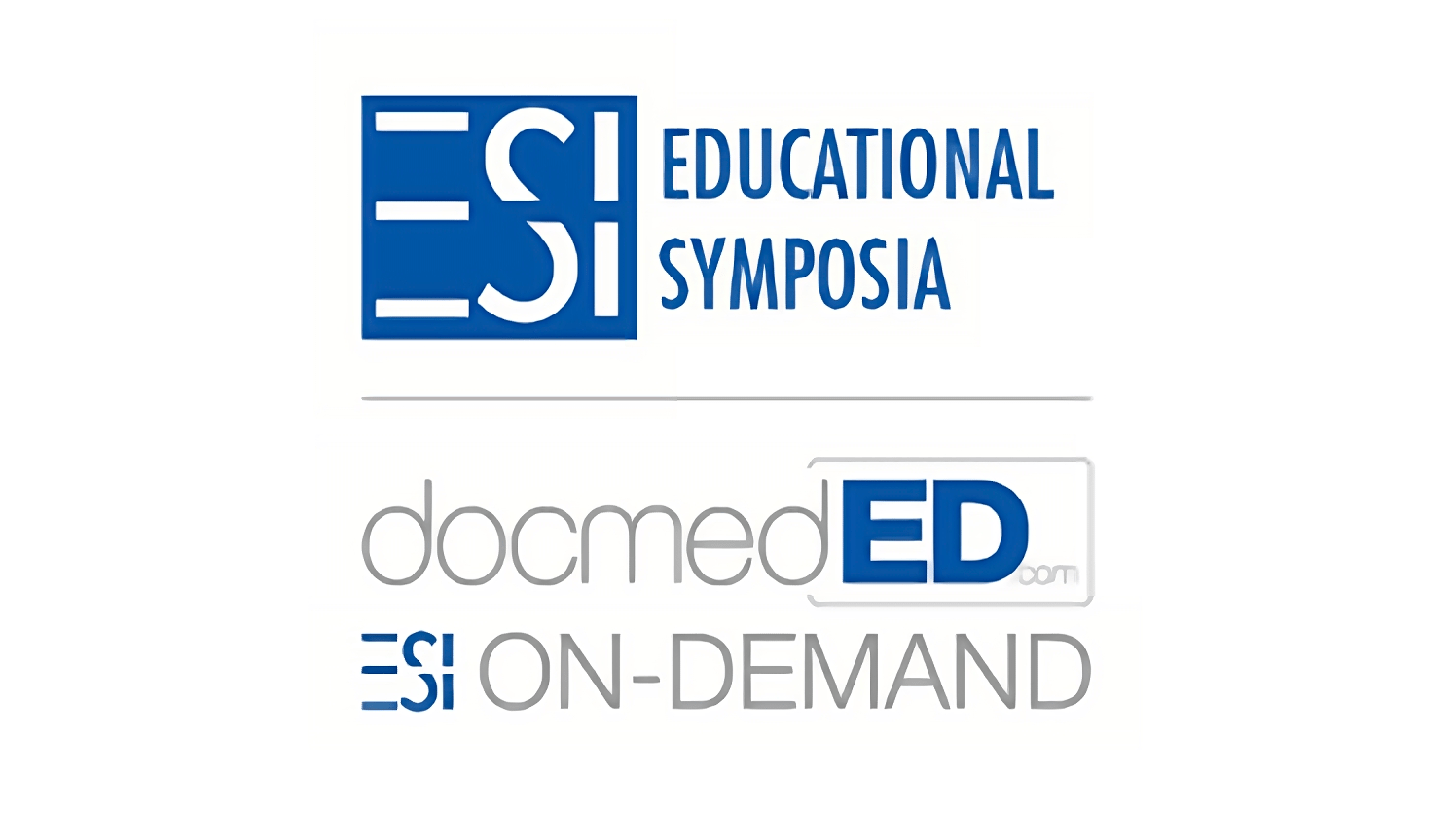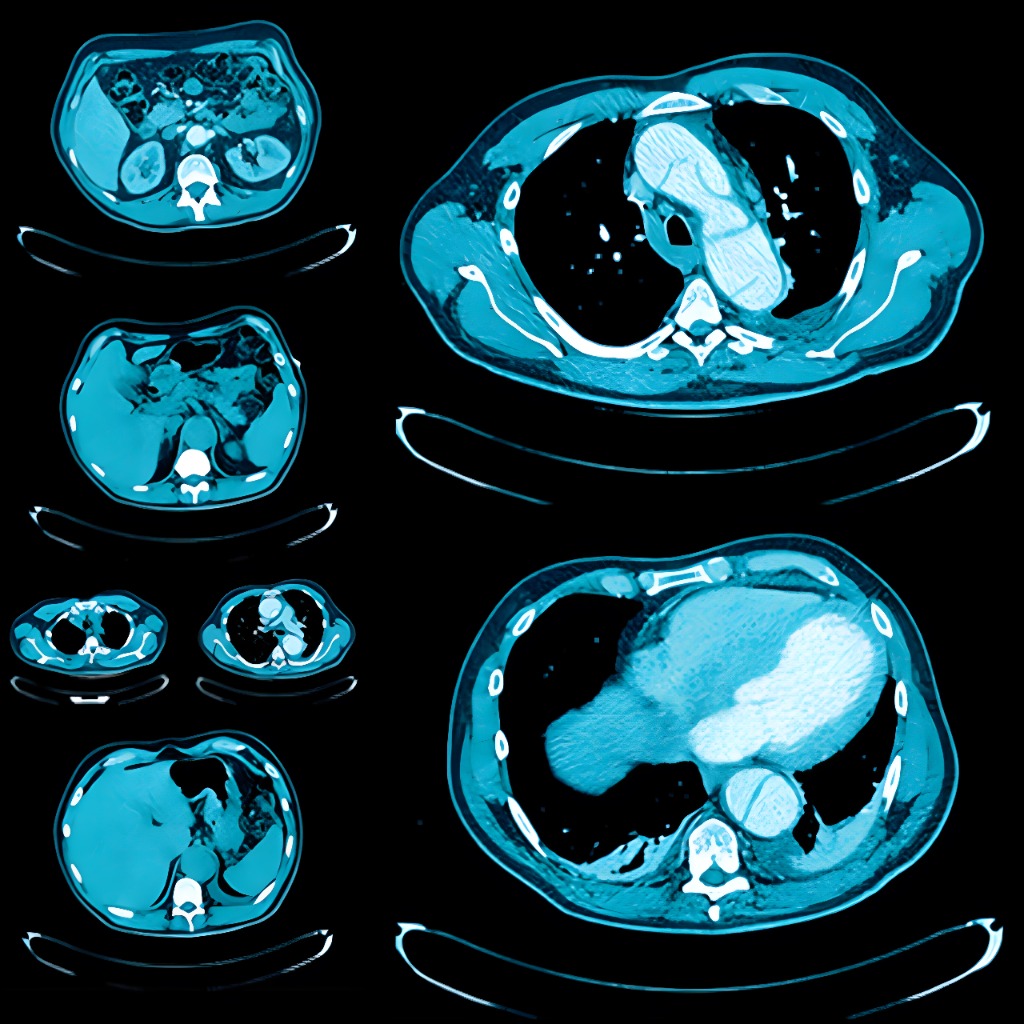Enhance Interpetation Skills
The goal of the UCSF Abdomen & Pelvis: CT/MR/US program is to enhance intepretation of body imaging skills and improve clinical practice. This is achieved through a review of state-of-the-art imaging methods and evidence-based practice in CT, MRI and Ultrasound as they pertain to gastrointestinal, genitourinary and gynecologic systems. Learn how to:
- Apply the ACR recommendations for managing incidental CT-scan findings in the kidney, liver, adrenal gland and pancreas
- Identify indications for the use of different imaging modalities (CT/MRI/US) for various abdomino-pelvic organs and conditions
- Apply practical approaches to diagnosing both benign and malignant diseases of the abdomen and pelvis
- Anticipate potential pitfalls in abdominal-pelvic imaging and interpretation
* Date of Original Release: May 1, 2018
LEARNING OBJECTIVES After viewing this activity, participants will demonstrate the ability to:


